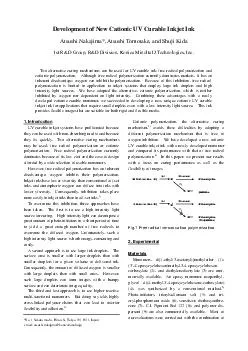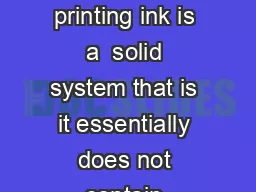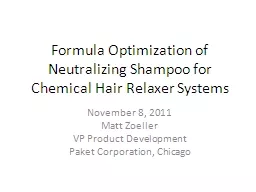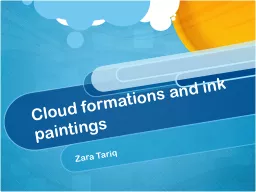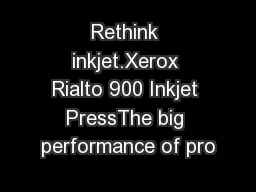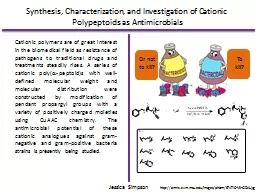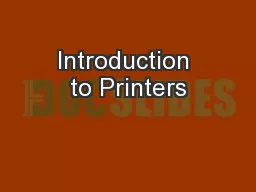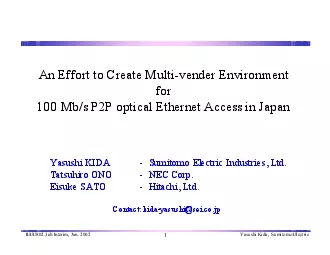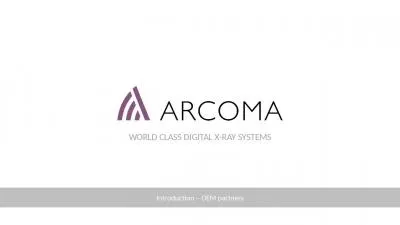PDF-Development of New Cationic UV Curable Inkjet Ink Atsushi Nakajima Atsushi Tomotake and
Author : liane-varnes | Published Date : 2015-03-13
Two alternative curing mechanisms can be used fo r UV curable ink free radical polymerization and cationic polymerization Although free radical polymerization currently
Presentation Embed Code
Download Presentation
Download Presentation The PPT/PDF document "Development of New Cationic UV Curable I..." is the property of its rightful owner. Permission is granted to download and print the materials on this website for personal, non-commercial use only, and to display it on your personal computer provided you do not modify the materials and that you retain all copyright notices contained in the materials. By downloading content from our website, you accept the terms of this agreement.
Development of New Cationic UV Curable Inkjet Ink Atsushi Nakajima Atsushi Tomotake and: Transcript
Download Rules Of Document
"Development of New Cationic UV Curable Inkjet Ink Atsushi Nakajima Atsushi Tomotake and"The content belongs to its owner. You may download and print it for personal use, without modification, and keep all copyright notices. By downloading, you agree to these terms.
Related Documents

